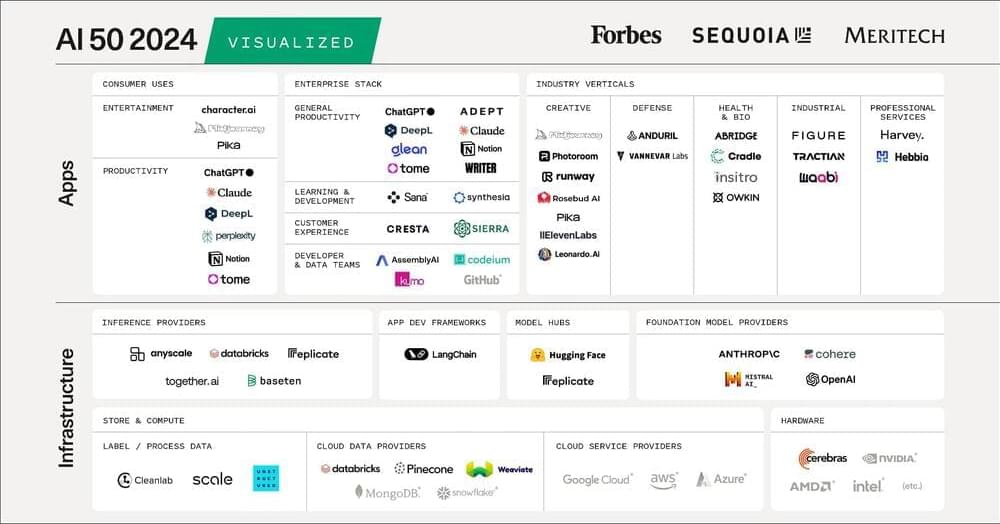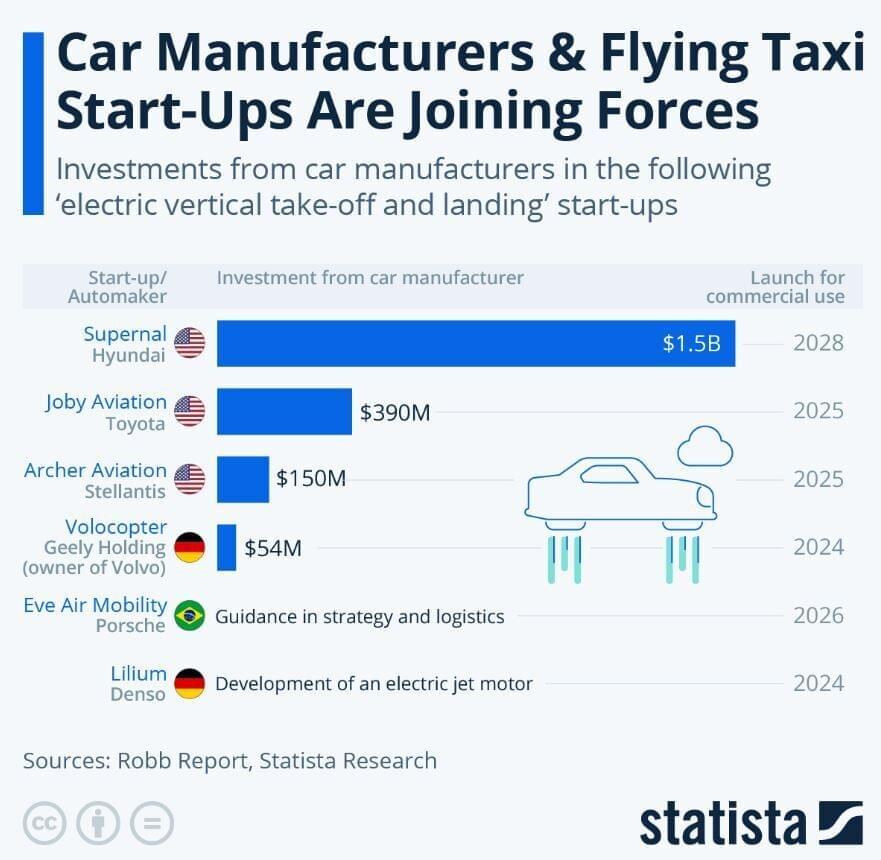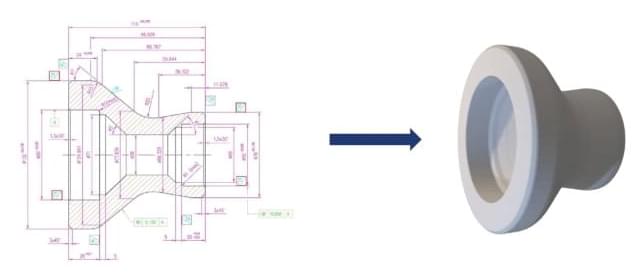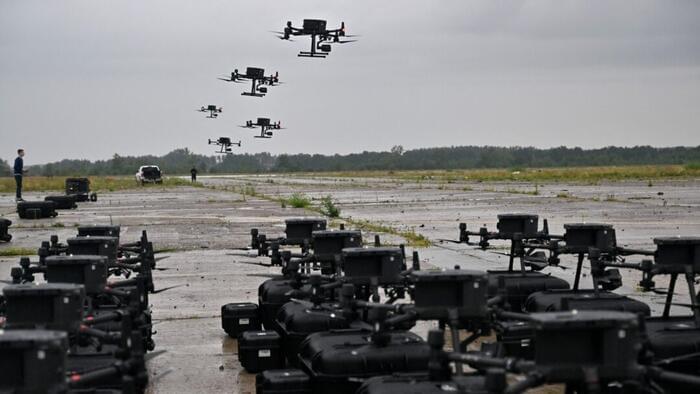Generative AI companies are dominant on this year’s list of the most promising AI startups, heralding a coming productivity revolution.



GMA provides economic and litigation support to companies and U.S. government agencies, including the U.S. Department of Justice, bringing civil litigation. According to its data breach notice, GMA told affected individuals that their personal information “was obtained by the U.S. Department of Justice (“DOJ”) as part of a civil litigation matter” supported by GMA.
The reasons and target of the DOJ’s civil litigation are not known. A spokesperson for the Justice Department did not respond to a request for comment.
GMA said that individuals notified of the data breach are “not the subject of this investigation or the associated litigation matters,” and that the cyberattack “does not impact your current Medicare benefits or coverage.”

The third proof point is both the increase in manufacturing capacity investment and the change in how that investment will be managed. With the interest in governments to secure future semiconductor manufacturing for both supply security and economic growth, Mr. Gelsinger went on a spending spree with investment in expanding capacity in Oregon, Ireland, and Israel, as well as six new fabs in Arizona, Ohio, and Germany. Most of the initial investment was made without the promise of government grants, such as the US Chips Act. However, Intel has now secured more than $50B from US and European government incentives, customer commitments starting with its first five customers on the 18A process node, and its financial partners. Intel has also secured an additional $11B loan from the US government and a 25% investment tax credit.
In addition to it’s own investment in fab capacity, Intel is partnering with Tower Semiconductor and UMC, two foundries with long and successful histories. Tower will be investing in new equipment to be installed in Intel’s New Mexico facility for analog products, and UMC will partner with Intel to leverage three of the older Arizona fabs and process nodes, starting with the 12nm, to support applications like industrial IoT, mobile, communications infrastructure, and networking.
The second side of this investment is how current and future capacity will be used. As strictly an IDM, Intel has historically capitalized on its investments in the physical fab structures by retrofitting the fabs after three process nodes, on average. While this allowed for the reuse of the structures and infrastructure, it eliminated support for older process nodes, which are important for many foundry customers. According to Omdia Research, less than 3% of all semiconductors are produced on the latest process nodes. As a result, Intel is shifting from retrofitting fabs for new process nodes to maintaining fabs to support extended life cycles of older process nodes, as shown in the chart below. This requires additional capacity for newer process nodes.

Whereas traditional colonoscopy involves snaking a camera called a colonoscope through your colon and rectum, a CT colonography, or virtual colonoscopy, consists of X-rays and a computer creating 3D images of these organs.
If you’re between the ages of 45 and 85, you should have a colorectal cancer screening routine in place, per the American Cancer Society (ACS). But a colonoscopy —in which your doctor uses a special camera to look inside your colon and rectum in search of abnormal growths called polyps —isn’t the only option to take charge of your gastrointestinal health.
You can choose from noninvasive screening methods: computed tomography (CT) colonography and/or a stool-based test. Billionaire entrepreneur and Shark Tank investor Mark Cuban tells Fortune he enjoys the relatively low cost and simplicity of the former, also called virtual colonoscopy. In short, it’s an X-ray exam that doesn’t require sedation or anesthesia.

3 recent technology stories.
The World Economic Forum’s Centre for the Fourth Industrial Revolution helps industries and economies harness the full potential of technologies around the world.
Explore the latest technology stories here:
Top tech news: Chinese flying taxi start-up receives initial safety certificate; NASA launches mission to metal-rich asteroid; investments in climate tech fall.

As AFP reports, in a meeting with industry experts, an economy ministry official outlined a target completion date of post-2035. To achieve this ambitious goal, a significant investment of five trillion yen ($33 billion) will be allocated over the next decade, fueling research and development of the new passenger plane.
This latest endeavor seeks to establish Japan as a leader in passenger aircraft production – a position it hasn’t held in over half a century. Building on the challenges that Mitsubishi Heavy Industries (MHI) encountered, which canceled its long-delayed passenger jet project in 2023, the new public-private consortium strongly emphasizes clean energy.

A new report warns of potentially major disruption to UK employment from the coming wave of AI. An estimated 11% of tasks are already exposed to current AI, a figure that could rise to 59% during a second wave. But there could also be opportunities for economic growth.
From the discovery and use of fire in the Stone Age, through to the handheld smartphones of today, technology has improved our living standards and is the foundation of modern society. Yet unmanaged technological change comes with risks and disruptions. The current wave of technology including generative AI – described by some as the “Fourth Industrial Revolution” – promises transformative benefits, while at the same time bringing potential disruption through its impact on wage inequality, wealth inequality, and job displacement.

French software start-up Spare Parts 3D (SP3D) has launched the beta program of Théia, its new digital tool that can automatically create 3D models from 2D technical drawings.
As global geopolitical and economic factors pose challenges to supply chains, more companies are looking to digitize their inventories, allowing spare parts to be 3D printed locally and on demand. This digitization process, however, can be time-consuming and costly.
Integrating into the company’s AI-driven DigiPart software, SP3D’s new offering leverages deep learning technology to convert existing 2D drawings of spare parts into 3D printable models, reducing conversion times from days to minutes.

Mr. Xia further noted the expanding utility of unmanned technologies across various domains, including aerial, maritime, underwater, and terrestrial operations, underscoring their revolutionary impact on future military engagements.
“A drone costing just a few thousand dollars can effectively neutralize an advanced tank worth over 5 million dollars,” Mr. Xia said, illustrating a remarkable disparity in warfare economics.
Drones’ ease of manufacture, low detection and radar interception rates, and precision targeting via satellite data further accentuate their tactical viability. Importantly, drones facilitate offensive operations without compromising soldier safety, marking a significant evolution in how military objectives are pursued.

French automaker Renault is exploring a lucrative business prospect by partnering with companies to extract and recycle lithium and other metals in EV batteries, creating a circular economy that can bring in billions of dollars and reduce reliance on China.
According to Automotive News Europe, Renault aims to be the first European automaker to recycle batteries on an industrial scale.
“In Europe, there is currently… nobody who can claim to recycle used batteries in a closed-loop to reproduce nickel, cobalt and lithium to make new batteries,” said Jean-Philippe Bahuaud, CEO Renault’s environment unit, called The Future Is Neutral (TFIN), which was launched in 2022.